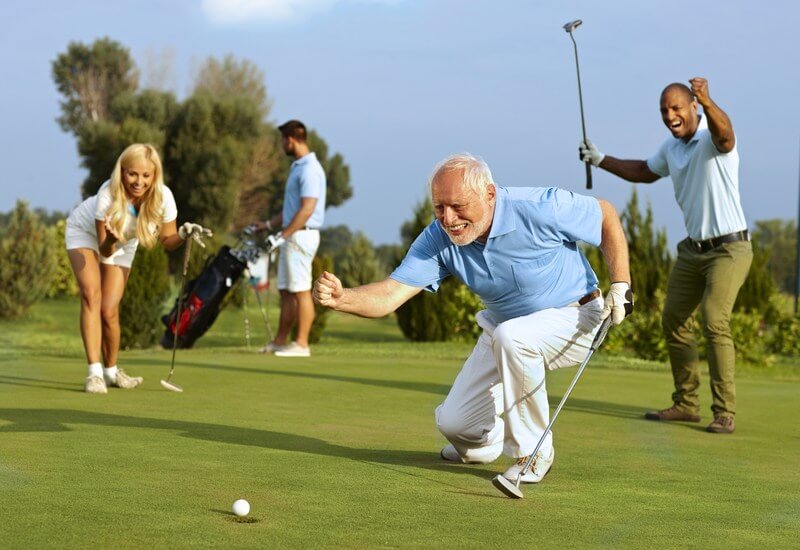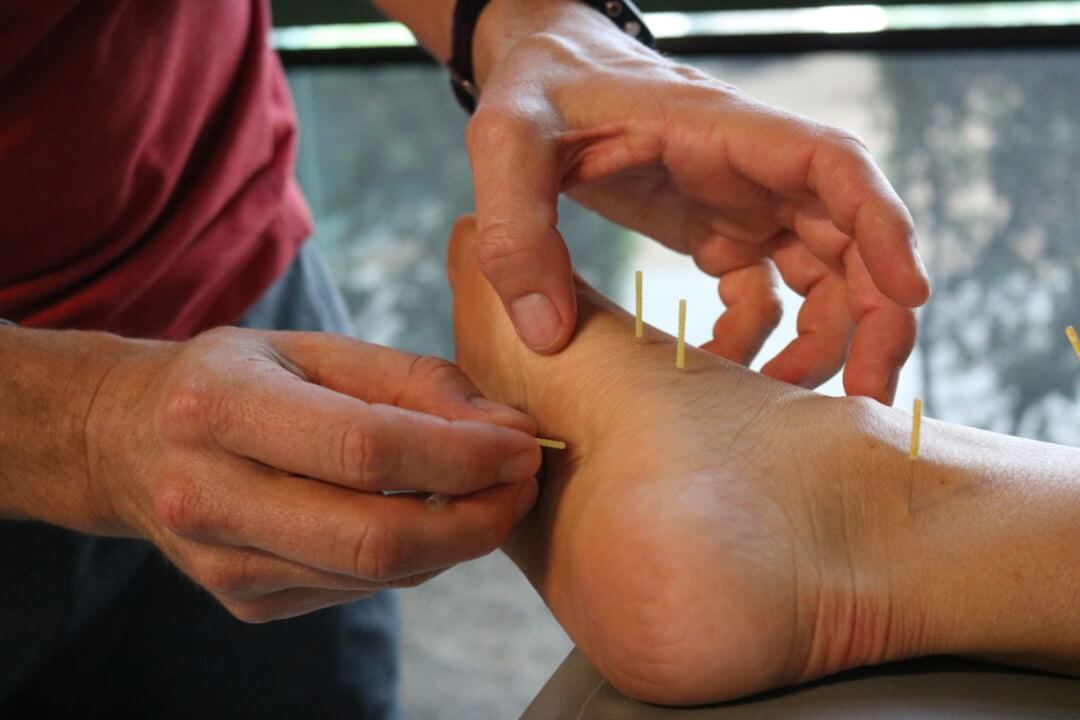Playing golf requires a complex combination of joint movements across the body, including the shoulders, elbows, wrists, hips, knees, and spine. Each of these joints is involved in the rotation, flexion, extension, and stabilization required for a proper swing. The repetitive nature of these movements, along with the need for rotational power, can strain the
Health Blog

Understanding the TFL (Tensor Fasciae Latae) Muscle: Function, Dysfunction, and Treatment
March 14th, 2025The TFL (Tensor Fasciae Latae) is a small yet essential muscle on the outer side of your hip. It plays a vital role in hip movements like flexion (lifting the leg), abduction (moving the leg away from the body), and internal rotation (turning the leg inward). Additionally, the TFL stabilizes the pelvis, particularly during activities
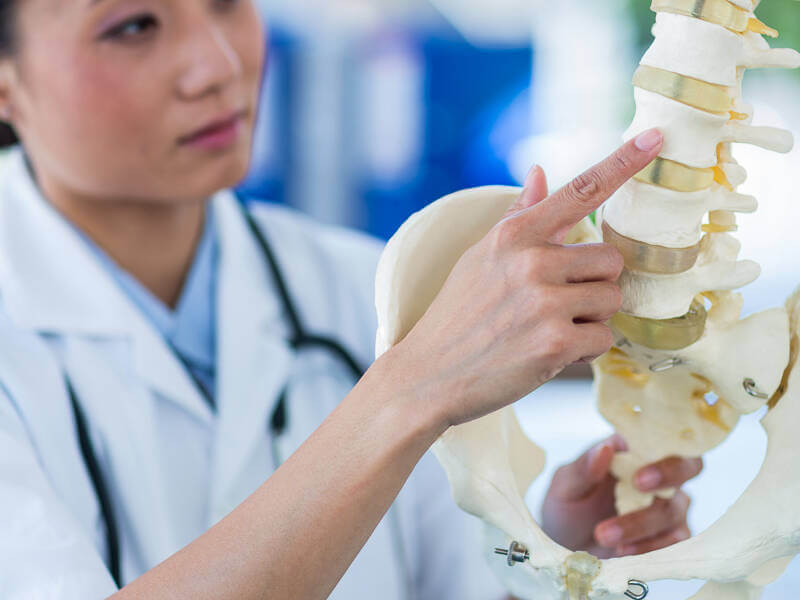
Managing Scoliosis: How Physical Therapy Can Alleviate Symptoms and Improve Daily Function
March 6th, 2025Scoliosis is a condition characterized by an abnormal curvature of the spine, often forming a “C” or “S” shape. It can range from mild to severe and may cause discomfort, pain, and in some cases, difficulty with movement. Depending on the severity, scoliosis can affect daily activities such as sitting, standing, and walking. Individuals may

How Physical Therapy Can Alleviate Symptoms and Improve Function in Diabetic Neuropathy
February 28th, 2025Diabetic neuropathy is a type of nerve damage that occurs as a complication of diabetes, often due to prolonged high blood sugar levels. It primarily affects the peripheral nerves, which are responsible for transmitting sensory information to and from the brain and spinal cord. This condition can lead to symptoms such as tingling, numbness, pain,

5 Ways Physical Therapy Can Help Alleviate Foot & Heel Pain
February 21st, 2025Heel and foot pain are common symptoms that affect people of all ages. They can result from various factors, including overuse, injury, poor footwear, or underlying medical conditions such as plantar fasciitis. Symptoms often include aching, sharp pain, or tenderness, especially when standing or walking. The pain may be worse in the morning or after
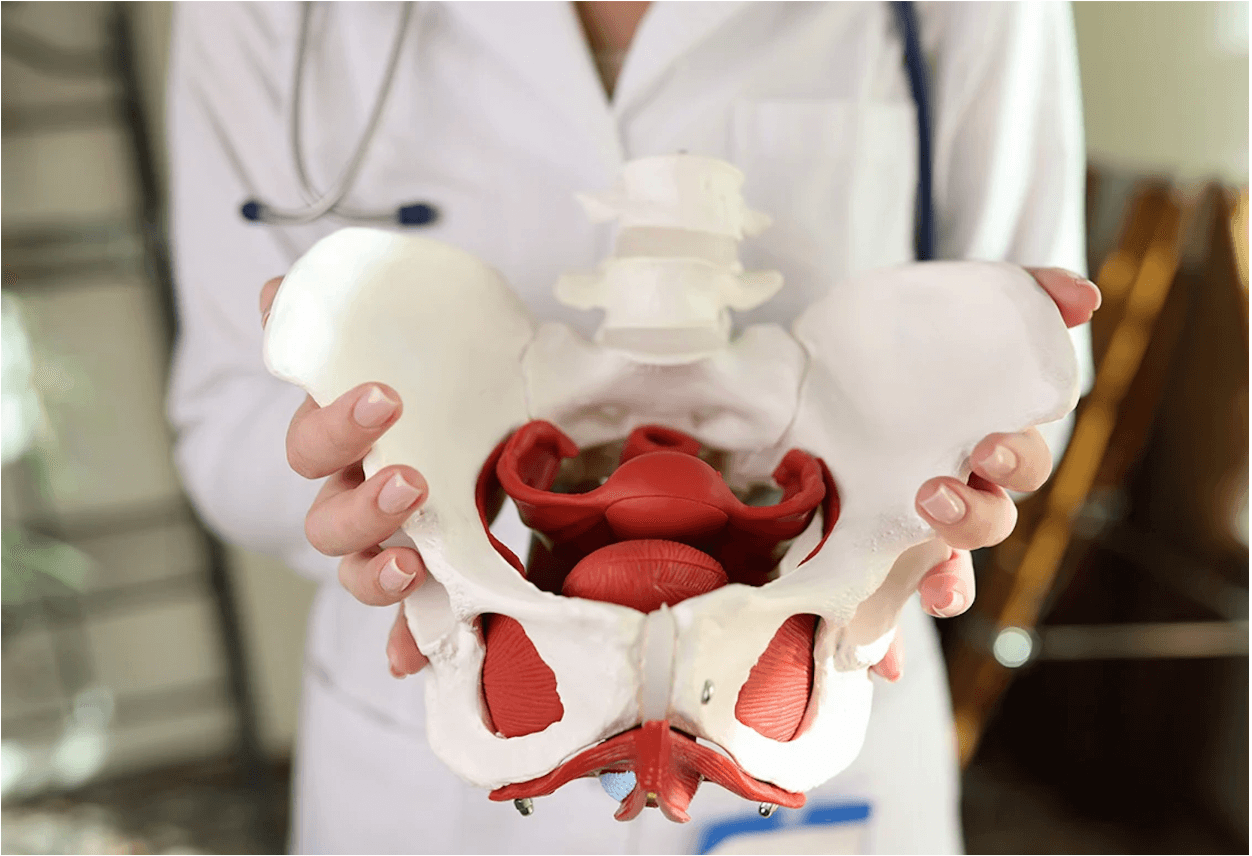
Obturator Internus Dysfunction: The Key to Hip Pain Relief and Pelvic Stability Through Physical Therapy
February 17th, 2025The obturator internus is a muscle located deep within the pelvis. It originates from the inner surface of the pelvic bones and attaches to the top of the thigh bone (femur). This muscle plays an important role in rotating the hip outward and helping to move the leg away from the body when the hip
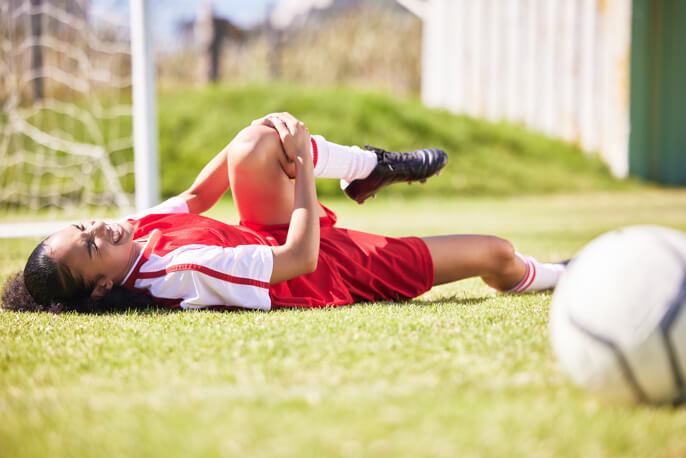
Athlete Recovery: How Physical Therapy Helps Overcome Arthrogenic Muscle Inhibition in ACL Rehab
January 31st, 2025Arthrogenic muscle inhibition (AMI) is a phenomenon that often occurs after an anterior cruciate ligament (ACL) injury or surgery, where the body’s muscles around the injured joint become inhibited or unable to activate fully due to pain, swelling, and joint instability. This inhibition is a protective response that can lead to muscle weakness, atrophy, and
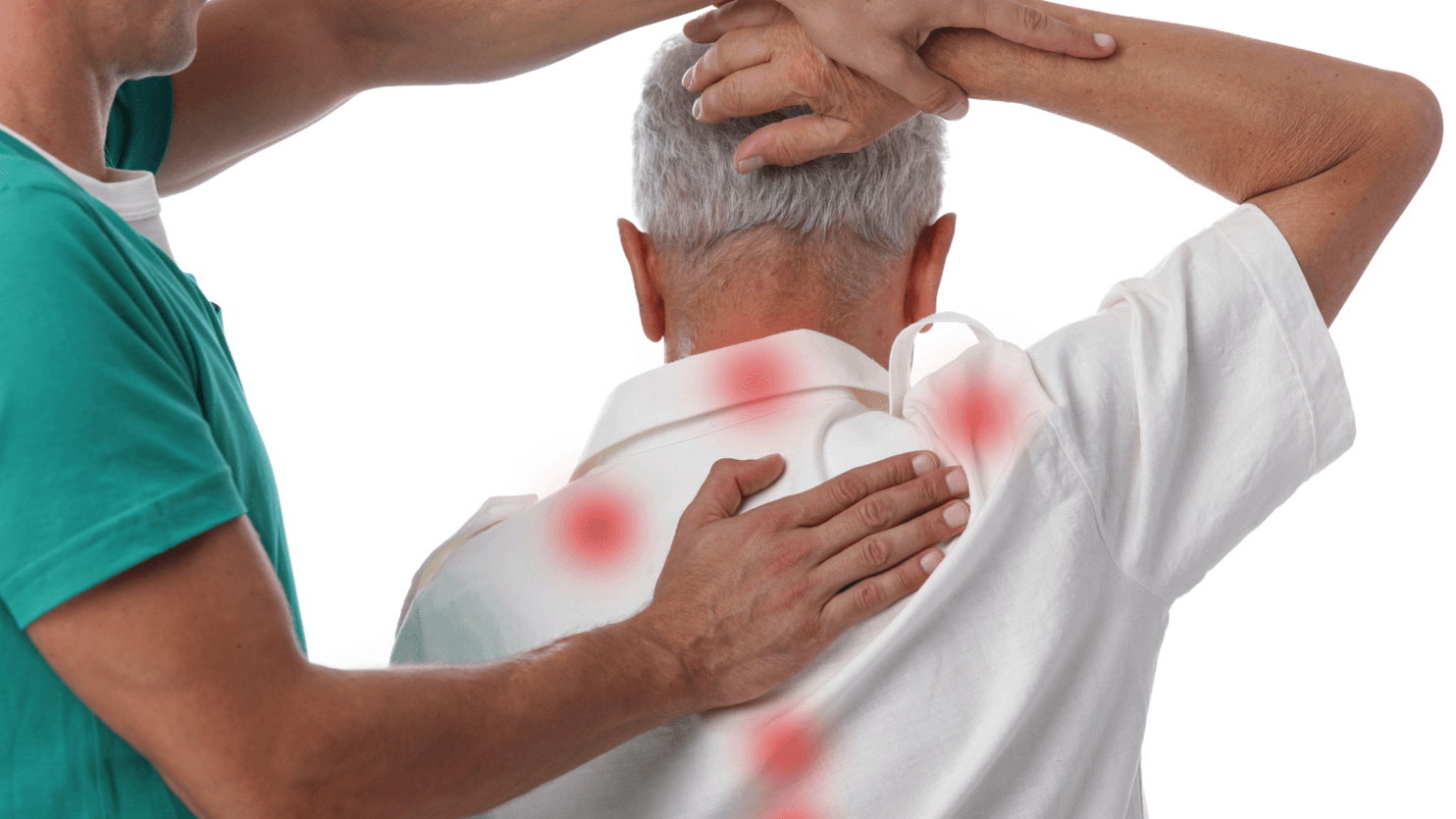
Understanding Trigger Points and How Physical Therapists Can Help
January 23rd, 2025A trigger point, often referred to as a “muscle knot,” is a hyperirritable spot within a muscle that can cause localized pain or radiating discomfort. These points can develop from muscle overuse, injury, poor posture, or stress, and are frequently associated with conditions like fibromyalgia or tension headaches. Trigger points typically form when muscle fibers

Winter Woes: How Physical Therapy Can Help You Bounce Back from Cold-Weather Injuries
January 9th, 2025Winter brings cold weather, snow, and ice—but unfortunately, it also brings an increased risk of injuries. From shoveling heavy snow to slipping on icy sidewalks, many of us find ourselves dealing with strains, sprains, and other injuries during the colder months. Here’s a look at some of the most common winter injuries and how physical

